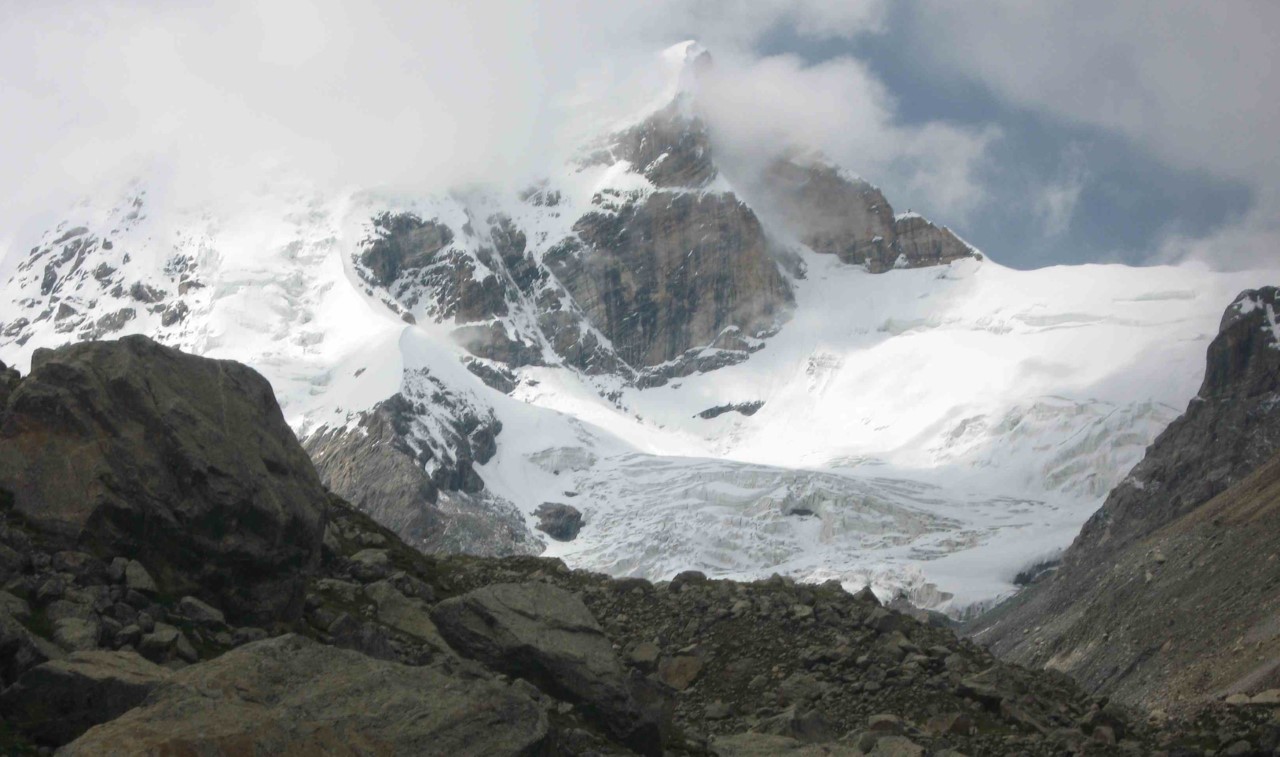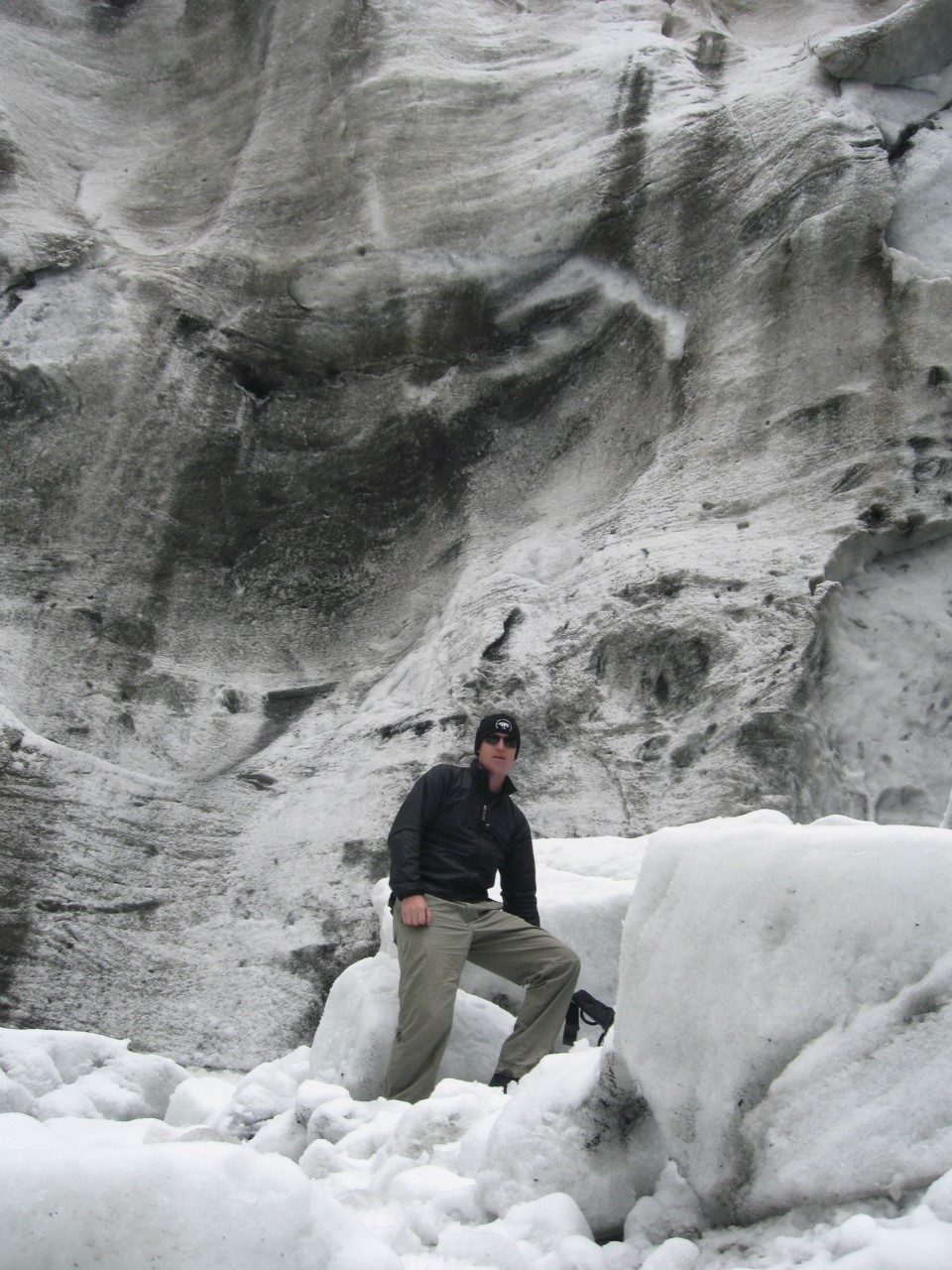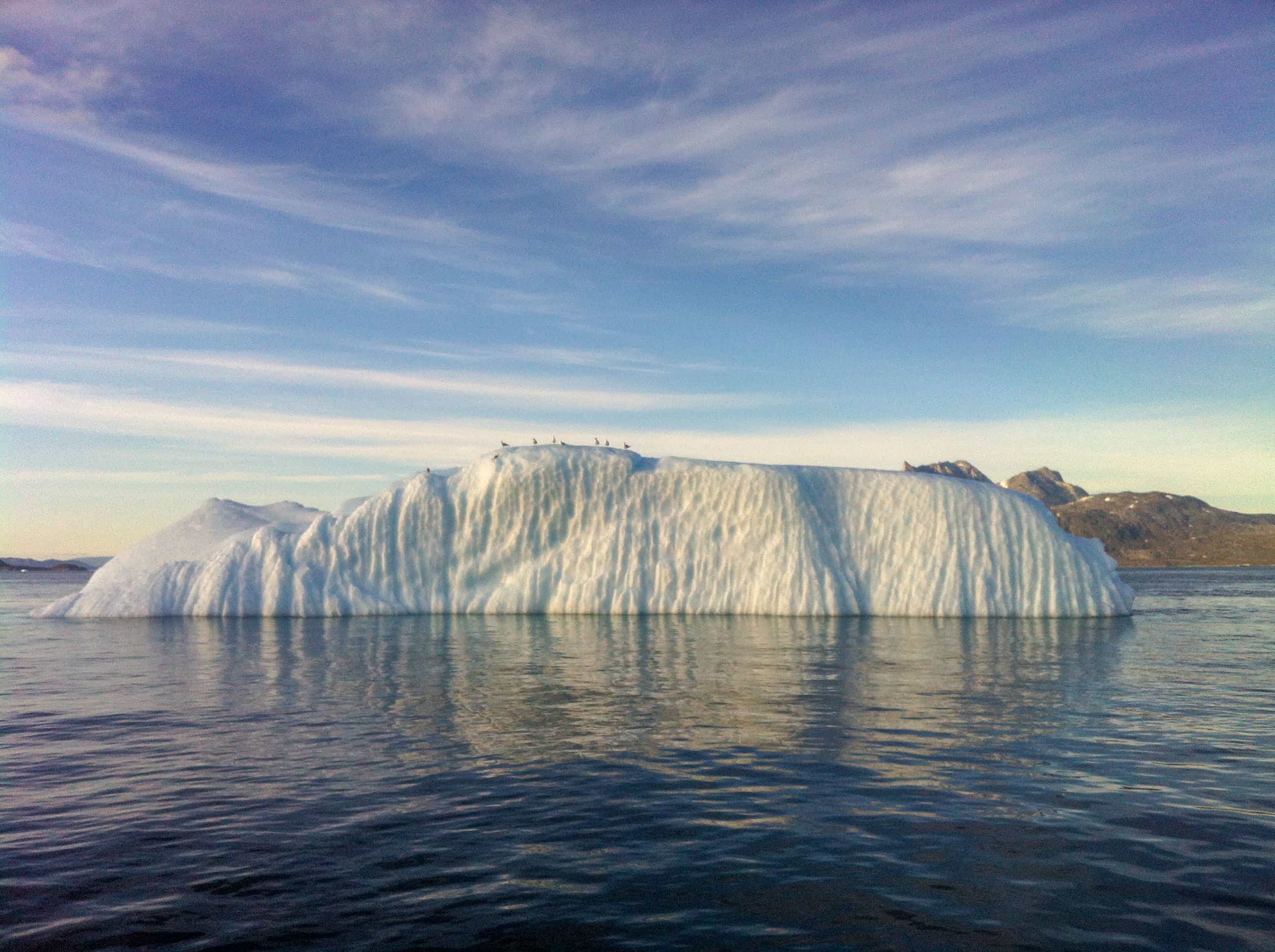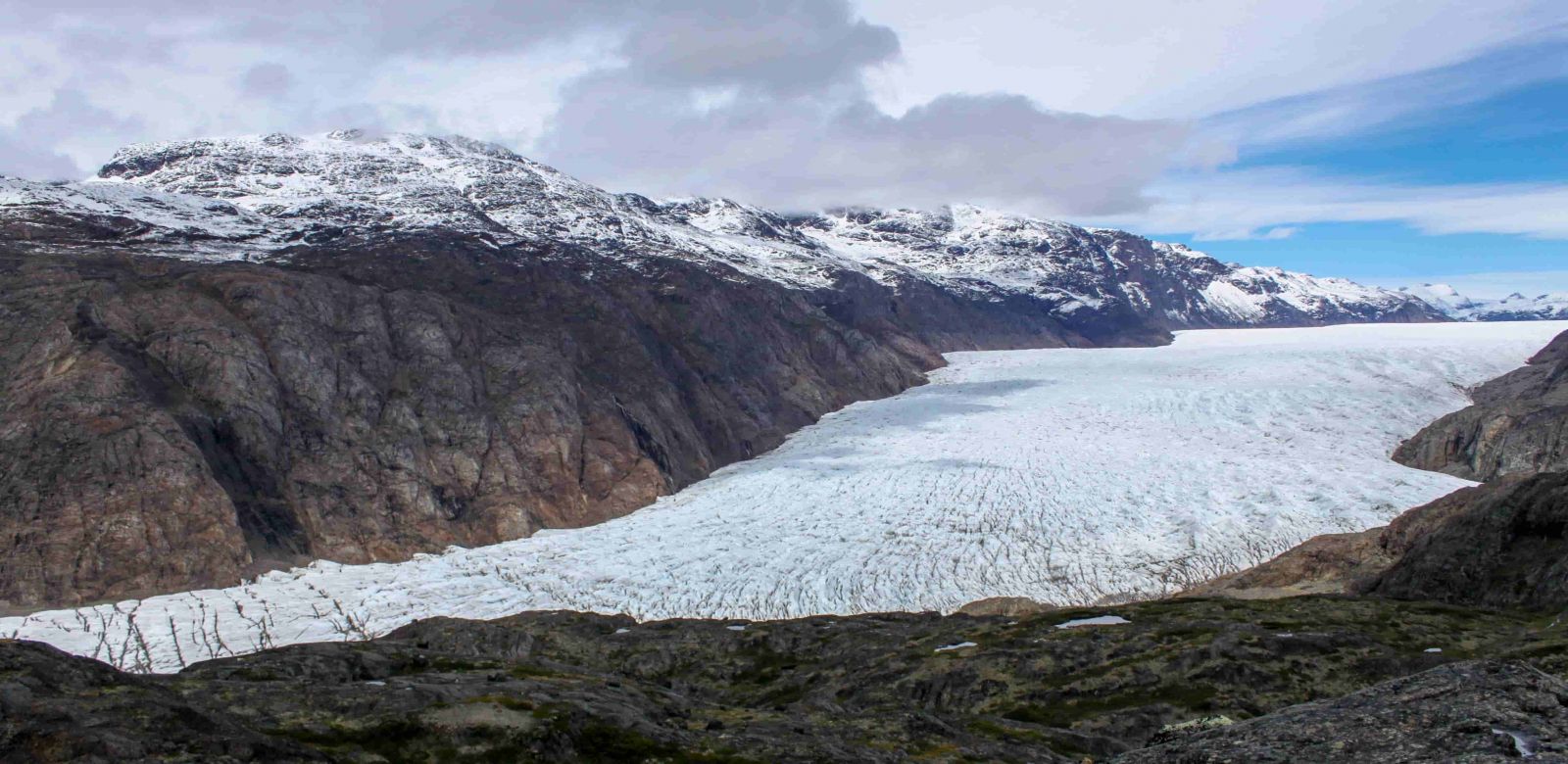
Scientists once believed that the ice sheets covering about 10 percent of Earth’s land surface were frozen wastelands, devoid of life and with supressed chemical weathering — irrelevant parts of the Earth’s carbon cycle.
Now, a world-leading international team including researchers from Florida State University and the University of Bristol have pulled together a wealth of evidence published over the past 20 years to demonstrate that ice sheets can no longer be regarded as frozen and passive parts of Earth’s carbon cycle.
Their findings are detailed in a landmark study published in the journal Nature Communications.

“Ice sheets are very effective at storing vast amounts of carbon as they grow over marine sediments, soils and vegetation,” said study co-author Robert Spencer, an associate professor in Florida State’s Department of Earth, Ocean and Atmospheric Science. “The Antarctic Ice Sheet alone potentially stores up to 20,000 billion tonnes of organic carbon — 10 times more than that estimated for Northern Hemisphere permafrost.”
Lead author Jemma Wadham, who conducts research in the University of Bristol’s School of Geographical Sciences and Cabot Institute for the Environment, said the unique set of conditions beneath ice sheets make them important reactors in the Earth’s carbon cycle.
“Here, grinding of rock by moving ice is high, liquid water is abundant and microbes thrive in melt zones despite inhospitable conditions,” Wadham said. “When the ice sheets crush their bedrock, cold-adapted microbes process the crushed rock and boost nutrient release, and glacial meltwater exports these nutrients to the oceans, stimulating the upwelling of further nutrient from depth at glacier marine margins.”
These nutrients help sustain fisheries and draw significant amounts of carbon dioxide from the atmosphere, researchers said. Some of the carbon released in meltwater fuels marine food webs, and the carbon left behind deep in the ice sheets is converted to methane gas by microbial and/or geothermal processes.
If stored at low temperatures and high-pressure conditions as solid methane hydrate, this methane could become volatile in a changing climate.
“We have no idea how stable potential methane hydrate will be in a warming climate if ice sheets thin,” Spencer said. “There is mounting evidence from past phases of ice sheet wastage in Europe that sub-ice sheet methane exists and can be released rapidly into the atmosphere.”
The study also takes a walk back in time to the last transition from glacial (cold) to interglacial (warm) conditions of the present day, analyzing ocean cores around Antarctica for clues that might link ice sheet iron export via Antarctic icebergs to the changing productivity of the Southern Ocean — one of the largest global sinks for carbon.

Jon Hawkings, a postdoctoral researcher at Florida State, said phytoplankton in Southern Ocean surface waters draw large amounts of carbon from the atmosphere.
“However, these tiny plants are limited by availability of iron,” said Hawkings, who also co-authored the study. “We have always thought that supply of dust was important as a supplier of iron to these waters, but we now know that icebergs host iron-rich sediments which they release to ocean waters during melt.”
Ocean cores from the sub-Antarctic show that as the climate warmed at the end of the last glacial period, iceberg sediment — and therefore iron — supply to the sub-Antarctic Southern Ocean fell, marine productivity decreased and carbon dioxide rose, according to co-author Karen Kohfeld, a paleo-oceanographer from Simon Fraser University.
“While there are many possible causes for the CO2 rise, the data tantalizingly suggest that falling iron supply to the Southern Ocean via icebergs could have been a contributing factor,” Kohfeld said.
What is important about this study, researchers said, is that it brings together the work of hundreds of scientists from across the globe published over more than 20 years to show that scientists can no longer ignore ice sheets in models of the carbon cycle and under scenarios of climate change.
Ice sheets are remarkably sensitive features of our planet, Wadham said. When air and ocean temperatures change, ice sheet thinning and retreat are inevitable.
“The evidence we present here suggests that ice sheets may have important feedbacks to the carbon cycle, which require further study as the uncertainty is still huge,” she said. “Gaining access to some of the most inaccessible and challenging parts of ice sheet beds via drilling, alongside building numerical models that can represent biogeochemical processes in ice sheets, will be key to future progress in this field.”
This research is a collaborative venture between the University of Bristol, the University of Leeds, Florida State University, University of California, Riverside, the German Research Centre for Geosciences at Potsdam (GFZ); theGEOMAR Helmholtz Center for Ocean Research, Kiel; Memorial University; and Simon Fraser University.





